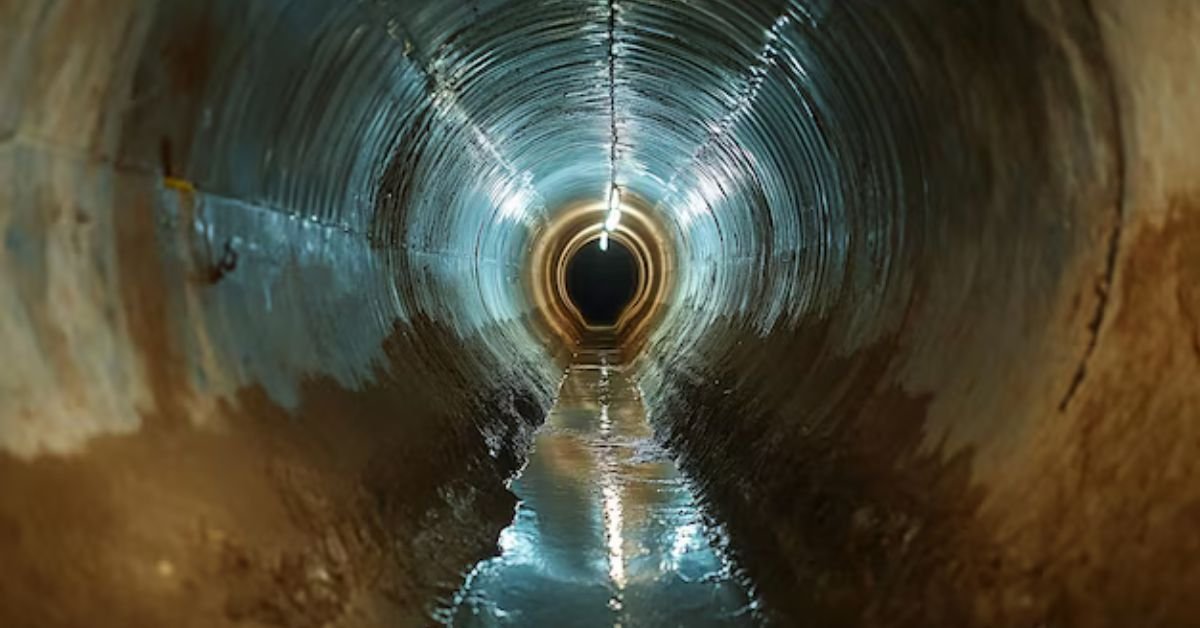Shallow wells are a vital source of water in many parts of Uganda, providing essential access to clean water for communities. This article offers a detailed guide on shallow wells technology, including its benefits, construction methods, maintenance practices, and the impact on rural communities in Uganda.
Understanding Shallow Wells Technology
Shallow wells are relatively easy to construct and maintain compared to deep wells. They typically reach a depth of 15 to 50 meters, accessing groundwater from shallow aquifers. In Uganda, where access to clean water is critical, shallow wells are a practical solution for providing safe drinking water in rural and underserved areas. These wells are often used in conjunction with hand pumps or motorized pumps to make water extraction more efficient and user-friendly.
Benefits of Shallow Wells
Shallow wells offer numerous benefits for rural communities in Uganda. They are cost-effective compared to deep wells, making them an affordable option for many households and communities. Shallow wells are also quicker to drill and require less sophisticated technology, which simplifies the construction process. Additionally, they provide a reliable source of water, reducing the distance people must travel to fetch water and improving overall health by offering access to cleaner water.
Construction Methods for Shallow Wells
The construction of shallow wells involves several key steps. First, a suitable site is selected based on geological surveys and water availability assessments. Once the site is chosen, a drilling method is employed to reach the groundwater. Common drilling techniques for shallow wells include hand augering, manual drilling, and the use of rotary drilling rigs.
Hand augering is a manual method where a series of connected augers are used to bore into the ground. This method is suitable for shallow wells and is often used in areas with soft soil. Manual drilling involves a more sophisticated setup with a drilling rig operated by hand. This method can reach greater depths and is often used in areas with harder soil. Rotary drilling rigs use a rotating drill bit to penetrate the ground, making them suitable for various soil conditions and depths.
Selecting the Right Pump for Shallow Wells
Choosing the appropriate pump is crucial for the efficient operation of a shallow well. There are several types of pumps that can be used with shallow wells, including hand pumps, submersible pumps, and surface pumps. Hand pumps are a popular choice for shallow wells due to their simplicity and reliability. They require minimal maintenance and do not rely on electricity, making them ideal for rural areas.
Submersible pumps are another option, designed to be placed underwater in the well. These pumps are more efficient for higher water yields and can provide a continuous supply of water. However, they require a power source and more maintenance compared to hand pumps. Surface pumps are installed above ground and are typically used when the water table is relatively high. They are easy to install and maintain but may be less efficient for deeper wells.
Maintenance and Hygiene Practices
Proper maintenance and hygiene are essential to ensure the longevity and safety of shallow wells. Regular inspection of the well and pump components is necessary to identify and address any issues promptly. Common maintenance tasks include checking for signs of contamination, cleaning the pump components, and ensuring that the well is free from debris and obstructions.
Hygiene practices are crucial for preventing contamination of the water supply. This includes ensuring that the well is properly sealed and that the surrounding area is kept clean. In addition, users should be educated about proper handwashing techniques and the importance of using clean containers for fetching and storing water. Implementing these practices helps to maintain the quality of the water and protect public health.
Addressing Common Challenges
Shallow wells in Uganda face several challenges that can impact their effectiveness and sustainability. One common issue is contamination from surface runoff or improper sanitation practices. To address this, it is important to ensure that wells are constructed with proper sanitary seals and that surrounding areas are managed to prevent contamination.
Another challenge is the potential for seasonal variations in water levels, which can affect the availability of water. To mitigate this, it is important to monitor water levels regularly and consider implementing water conservation practices. Additionally, community involvement in the maintenance and management of shallow wells is crucial for their long-term success.
Impact on Rural Communities
Shallow wells have a significant impact on rural communities in Uganda. By providing a reliable source of clean water, they improve overall health and reduce the incidence of waterborne diseases. Access to clean water also reduces the time and effort required for water collection, allowing individuals, particularly women and children, to engage in other productive activities such as education and economic activities.
Moreover, shallow wells contribute to community development by fostering local ownership and management. When communities are involved in the construction, maintenance, and management of wells, they develop a sense of ownership and responsibility, leading to more sustainable and effective water supply systems.
Government and NGO Initiatives
The Ugandan government, along with various non-governmental organizations (NGOs), has been actively involved in promoting the use of shallow wells as part of water supply and sanitation programs. These initiatives aim to improve access to clean water, enhance hygiene practices, and support community-based management of water resources. Through partnerships and funding, these organizations contribute to the construction of new wells, the maintenance of existing ones, and the education of communities about water management.
Future Prospects and Improvements
Looking ahead, there are opportunities to enhance the effectiveness and sustainability of shallow wells in Uganda. Innovations in drilling technology, pump design, and water treatment can improve the efficiency and reliability of shallow wells. Additionally, incorporating community-based approaches and integrating shallow wells with broader water management strategies can further enhance their impact.
Efforts to address challenges such as contamination, water scarcity, and seasonal variations will be crucial for the continued success of shallow wells. By leveraging technology, community involvement, and government support, shallow wells can continue to provide a vital source of clean water for rural communities in Uganda.
Conclusion
Shallow wells play a crucial role in providing clean water to rural communities in Uganda. Through innovative construction methods, effective pump selection, and rigorous maintenance practices, these wells offer a reliable and cost-effective solution for water access. The impact of shallow wells on health, education, and community development underscores their importance in improving the quality of life for many Ugandans. With continued support and advancements, shallow wells will remain a vital component of Uganda’s water supply infrastructure, contributing to sustainable development and improved public health.











